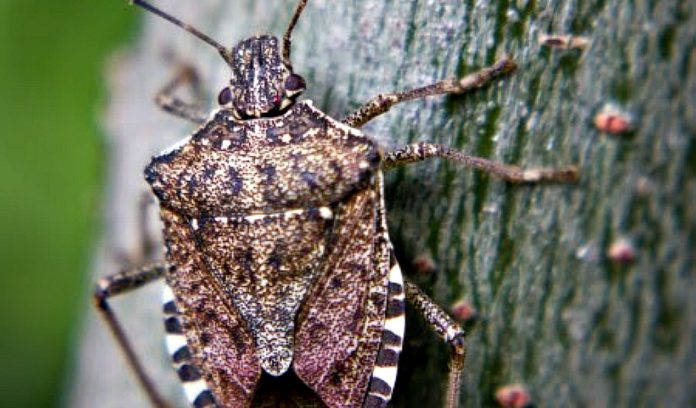
WASHINGTON — A scent that petunias and snapdragons release to attract pollinators may be an environmentally friendly control for pests like the spotted wing drosophila fly and the brown marmorated stink bug.
USDA Agricultural Research Service chemist Aijun Zhang discovered the fragrant chemical methyl benzoate, which is also a popular ingredient approved by the U.S. Food and Drug Administration for use in foods, cosmetics and shampoo, can kill these insects and others.
Few choices are available for controlling SWD, which is an invasive species from Asia. It has quickly spread across the United States and can cause significant damage to fruit crops, especially berries.
Zhang, who is with the ARS Invasive Insect Biocontrol and Behavior Laboratory in Beltsville, Maryland, points out the possibility of a new bio-based pesticide — especially one based on an inexpensive chemical whose residue lasts a relatively short time in the environment — is exciting.
Recently, Zhang was granted a patent for insecticide use of methyl benzoate. ARS is seeking a company to license the technology and bring commercial products to market.
Originally, Zhang was identifying volatile compounds in apple juice that attracted fruit flies. Compounds found in rotting apples and other fruits usually attract flies. He found one compound — No. 19 — strongly repelled SWD, and later showed it killed them as well. Compound No. 19 turned out to be methyl benzoate, with its characteristic wintergreen-spicy, floral-fruity aroma.
Methyl benzoate proved to be 5 to 20 times more toxic to eggs of brown marmorated stink bug, diamondback moth and tobacco hornworm than a conventional pyrethroid insecticide, a sulfur and pyrethrin mixture, or some organic products currently on the market.
Next, Zhang will test methyl benzoate’s effectiveness against mosquitoes, fire ants, gypsy moths and stored-product insect pests. All of these insects are developing resistance to standard pesticides.
Zhang is also investigating whether low doses of methyl benzoate could control Varroa mites, the No. 1 problem of managed honey bees today.









